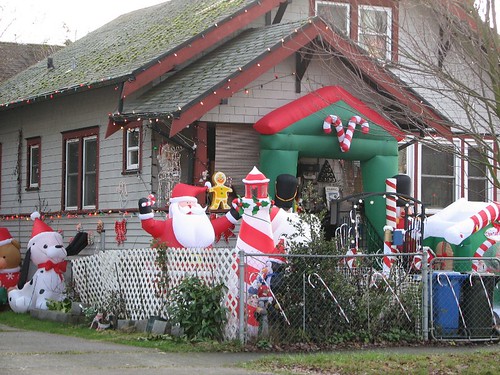
A look at my experience at the Pret-a-PARTage workshop, Dakar.
I have just returned from an almost two week stay in Senegal as a participant of the Pret-a-PARTager workshop run by the German Institute for Foreign Cultural Relations (IFA). The workshop consisted of seventeen artists from Berlin, Dakar, Douala, Hamburg, Cape Town, Kinshasa, Lagos, London and Stuttgart, coming together to produce a art/work around the theme Art and Fashion.
The participants came from Photographic, styling, performing as well as designing disciplines and were all well established in their disciplines, such as Akinbode Akinbiiyi, co-founder of the Bamako Biennal of photography and Performance artists Athi-Patra Ruga. My role was to document the workshop process through a report so my time was spent listening, observing and conversing with the artists.
The participants were made up of primarily two main languages, German and French although the workshop was designed to be in English, with things getting lost in translation. One thing that was for sure for me was that being at least bilingual French English, would definitely be of benefit to me working in and around West Africa.
As with any trip abroad I had sneakily thought that that could also be a really great holiday in spite of the heavy work schedule. Boy was I wrong. The time was very intense, with work going on around the clock. Even at the dinner table work was being discussed, there was clearly no clocking off time.
I continue to work with the group and IFA on the work created over the period of the workshop but for more info please see:
www.ifa.org
http://www.germanyandafrica.diplo.de/Vertretung/pretoria__dz/en/02__Germany__Africa/modedakar.html
Read more...

 1 comments
1 comments








